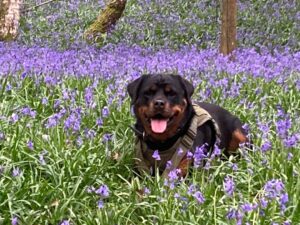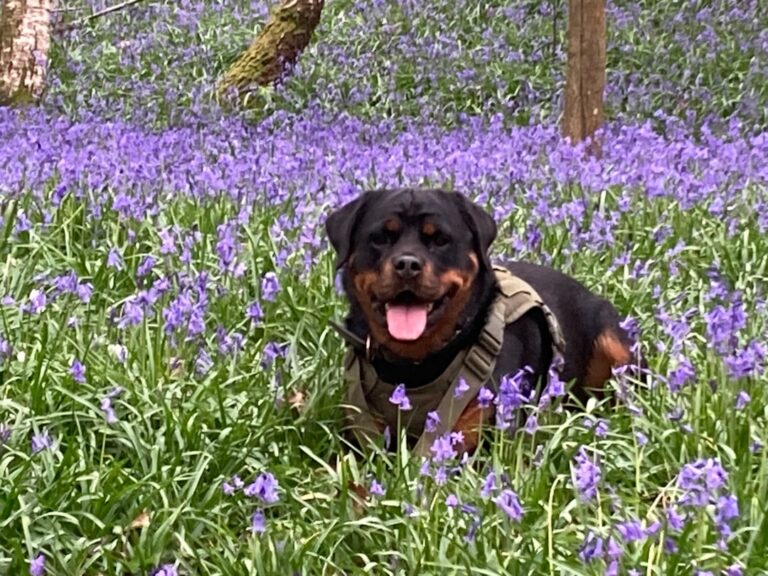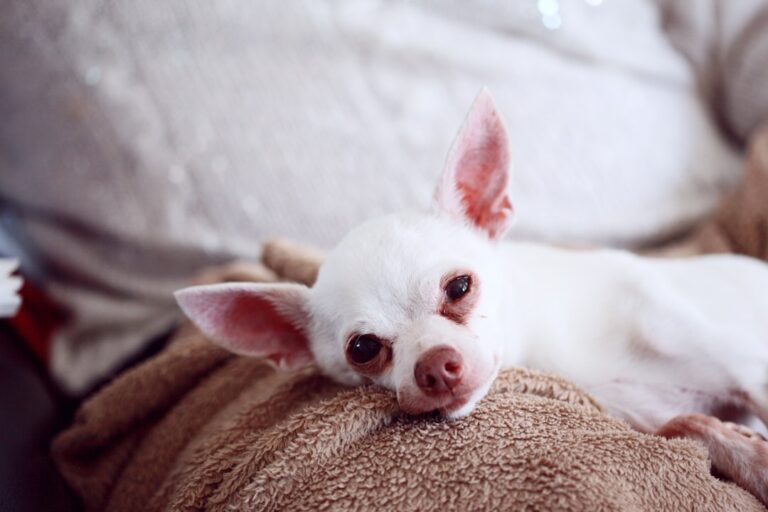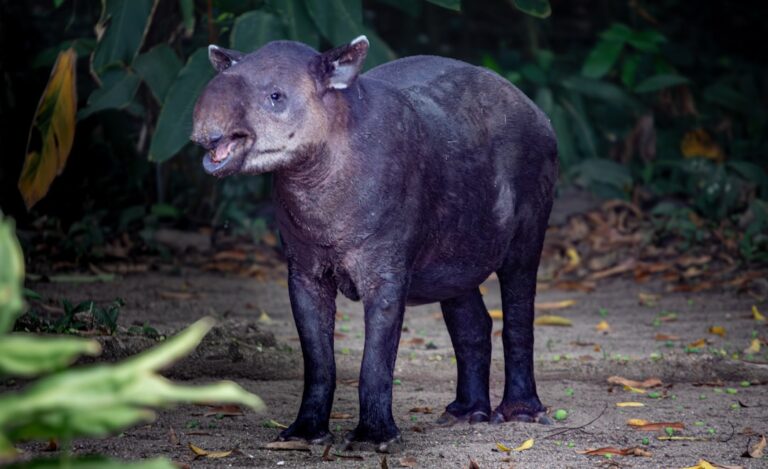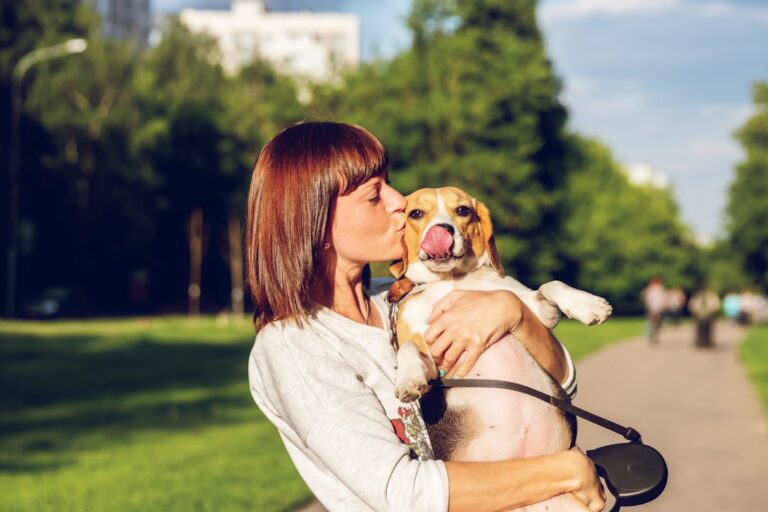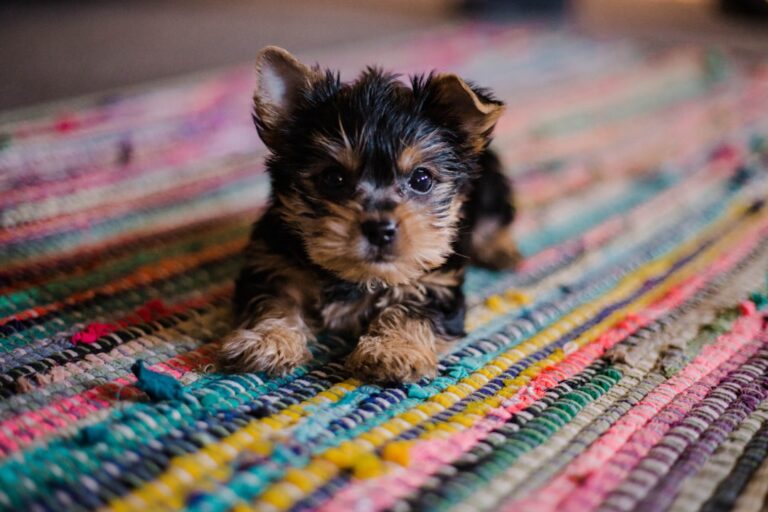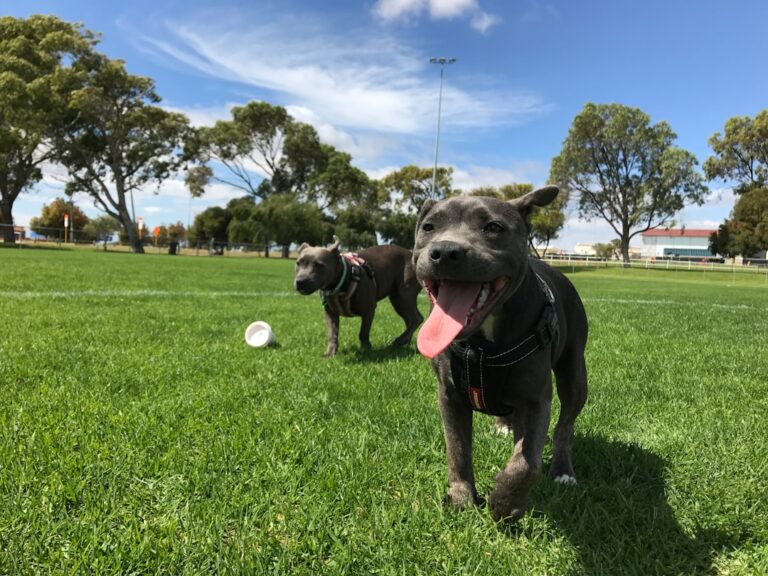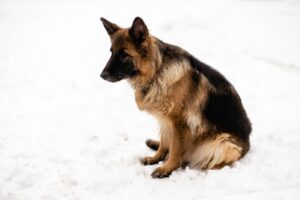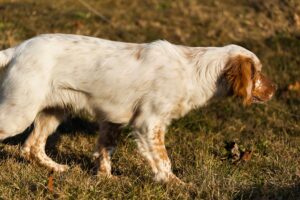The Great Dane, often referred to as the “Apollo of dogs,” boasts a rich and storied history that dates back thousands of years. This breed’s origins can be traced to ancient civilizations, where they were revered as formidable hunting companions and guardians. The ancestors of the Great Dane are believed to have been bred from a mix of Mastiff-type dogs and Greyhounds, resulting in a powerful and agile canine.
Historical records suggest that these dogs were utilized by the ancient Egyptians, Greeks, and Romans for hunting large game, including boars and deer. Their impressive stature and strength made them ideal for such tasks, and they were often depicted in art and literature of the time. As the centuries progressed, the Great Dane’s role evolved significantly.
By the Middle Ages, they had become popular among European nobility, particularly in Germany, where they were bred for both their hunting prowess and their ability to protect estates. The breed was known as the “Deutsche Dogge” in Germany, which translates to “German Mastiff.” Their regal appearance and gentle demeanor endeared them to aristocrats, who often kept them as companions in their grand homes. The breed’s popularity surged during the 18th century, leading to the establishment of breed standards and formal recognition by kennel clubs.
Today, Great Danes are cherished not only for their historical significance but also for their affectionate nature and loyalty as family pets.
Key Takeaways
- Great Danes were originally bred as hunting and war dogs by the ancient Greeks and Romans, and later became beloved companions to nobility and royalty.
- Great Danes are known for their large size, with males typically standing at least 30 inches tall and weighing between 140-175 pounds, and females slightly smaller at 28 inches tall and 110-140 pounds.
- Despite their imposing size, Great Danes are gentle, affectionate, and good-natured, making them excellent family pets and therapy dogs.
- Early training and socialization are crucial for Great Danes to ensure they grow up to be well-behaved and well-adjusted companions.
- Great Danes are prone to certain health issues such as bloat, hip dysplasia, and heart problems, so regular veterinary check-ups and a balanced diet are essential for their well-being.
Understanding the Physical Characteristics of Great Danes: Size, Color, and Coat
Great Danes are renowned for their impressive size, often standing between 28 to 34 inches tall at the shoulder, with males typically larger than females. Weighing anywhere from 110 to 175 pounds, these dogs are among the tallest breeds in the world. Their towering height is complemented by a well-muscled body that exudes strength and grace.
Despite their size, Great Danes are known for their elegant movements, which can be attributed to their long legs and balanced proportions. This combination of size and grace makes them a striking presence in any setting. In addition to their size, Great Danes exhibit a variety of coat colors and patterns.
The breed standard recognizes several colors, including fawn, brindle, blue, black, harlequin (white with irregular black patches), and mantle (black with white markings). Each color has its own unique appeal, contributing to the breed’s overall charm. The coat itself is short and smooth, requiring minimal grooming; however, regular brushing can help reduce shedding and keep the coat healthy.
The combination of their imposing stature and diverse color palette makes Great Danes not only impressive companions but also visually captivating.
Great Dane Temperament: Why They’re Known as “Gentle Giants”
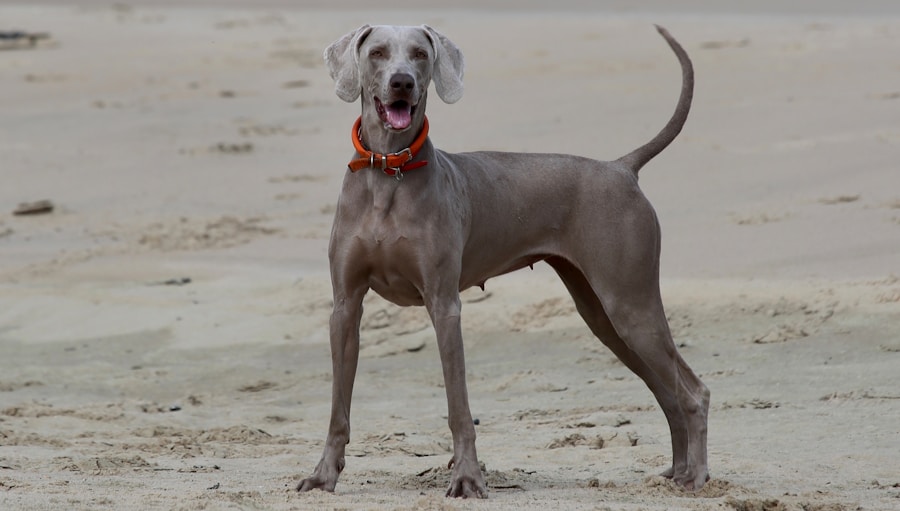
Despite their formidable size, Great Danes are often affectionately referred to as “gentle giants.” This nickname stems from their inherently friendly and affectionate nature. Great Danes are known for their calm demeanor and sociable personality, making them excellent companions for families and individuals alike. They tend to be good with children and other pets, displaying a patient and tolerant attitude that endears them to those around them.
Their gentle disposition is complemented by a strong desire to please their owners, which makes them relatively easy to train when approached with positive reinforcement techniques. However, it is essential to recognize that each Great Dane has its own unique personality. While many exhibit a laid-back temperament, some may display more exuberance or playfulness.
Early socialization is crucial in helping them develop into well-rounded adults. Exposing them to various environments, people, and other animals during their formative months can significantly influence their behavior as they mature. This breed thrives on companionship and interaction; thus, they often form strong bonds with their families.
Their loyalty and protective instincts make them excellent watchdogs while maintaining a friendly demeanor towards those they know.
Training and Socialization: Tips for Raising a Well-Behaved Great Dane
| Training and Socialization Tips for Great Dane | Statistics |
|---|---|
| Training Time | At least 30 minutes per day |
| Socialization | Expose to different people, animals, and environments from an early age |
| Basic Commands | Great Danes can learn basic commands like sit, stay, and come by 6 months |
| Positive Reinforcement | Use treats, praise, and rewards to encourage good behavior |
| Consistency | Consistent training and socialization is key for a well-behaved Great Dane |
Training a Great Dane requires patience, consistency, and an understanding of their unique needs due to their size. Early training should begin as soon as you bring your puppy home. Basic commands such as sit, stay, come, and down are essential for establishing good behavior and ensuring safety in various situations.
Positive reinforcement methods work best with this breed; rewarding them with treats or praise when they follow commands encourages them to repeat desired behaviors. Given their size, it is crucial to instill good manners early on to prevent any potential issues as they grow. Socialization is equally important for Great Danes.
Introducing them to different environments, people, and other animals helps them develop confidence and reduces the likelihood of fear-based behaviors later in life. Puppy classes can be an excellent way to facilitate socialization while also providing structured training opportunities. As they grow older, continued exposure to new experiences will help maintain their sociable nature.
Regular outings to parks or dog-friendly events can further enhance their social skills while allowing them to expend energy in a positive manner.
Health Considerations for Great Danes: Common Issues and Care
Like many large breeds, Great Danes are prone to specific health issues that potential owners should be aware of before bringing one into their home. One of the most significant concerns is bloat or gastric torsion, a life-threatening condition that occurs when the stomach fills with gas and twists on itself. This condition requires immediate veterinary attention and can be mitigated by feeding smaller meals throughout the day rather than one large meal at once.
Additionally, it is advisable to avoid vigorous exercise immediately after eating. Other common health issues include hip dysplasia, heart problems such as dilated cardiomyopathy, and certain types of cancers that can affect large breeds. Regular veterinary check-ups are essential for early detection of these conditions.
Maintaining a healthy diet tailored to their age and size can also contribute significantly to their overall well-being. Owners should consult with veterinarians regarding appropriate nutrition and exercise regimens tailored specifically for Great Danes.
Great Danes as Family Pets: What to Expect When Bringing One Home

Bringing a Great Dane into your home can be a rewarding experience filled with companionship and joy. However, prospective owners should be prepared for the unique challenges that come with having such a large dog. One of the first considerations is space; Great Danes require ample room to move around comfortably.
While they can adapt to apartment living if given sufficient exercise, having access to a yard is ideal for their physical activity needs. Great Danes are known for their affectionate nature; they thrive on human interaction and often seek out companionship from family members. They may follow you from room to room or curl up beside you on the couch—an endearing trait that highlights their desire for closeness.
However, due to their size, it is essential to establish boundaries early on regarding where they are allowed in the home. Training them not to jump on furniture or people can help maintain harmony within the household.
Exercise and Activity Needs: Keeping Your Great Dane Happy and Healthy
Despite their large size, Great Danes do not require excessive amounts of exercise compared to some other breeds; however, they do need regular physical activity to maintain a healthy weight and prevent boredom-related behaviors. Daily walks are essential; ideally, these should last at least 30 minutes to an hour depending on the dog’s age and energy level. Engaging in playtime activities such as fetch or tug-of-war can also provide mental stimulation while allowing them to burn off energy.
It is important to note that puppies have different exercise needs than adult dogs; too much strenuous activity can lead to joint issues later in life. For young Great Danes, short bursts of play interspersed with rest periods are recommended until they reach maturity around 18 months of age. As they grow older, adjusting exercise routines based on individual health considerations will help ensure they remain active without overexerting themselves.
Finding the Perfect Great Dane: Adoption, Breeder, or Rescue Options
When considering adding a Great Dane to your family, potential owners have several options: adopting from shelters or rescues or purchasing from reputable breeders. Each route has its advantages and considerations. Adoption can be a fulfilling experience; many shelters have mixed-breed or purebred Great Danes looking for loving homes.
Rescues often specialize in specific breeds and may provide valuable insights into the dog’s history and temperament. If opting for a breeder, it is crucial to conduct thorough research to find one who prioritizes health testing and responsible breeding practices. A reputable breeder will provide health clearances for common genetic issues associated with the breed and allow potential owners to meet both the puppies’ parents and the living conditions in which they were raised.
Regardless of the path chosen—adoption or purchasing from a breeder—ensuring that you are prepared for the commitment involved in caring for a Great Dane is essential for fostering a happy relationship with your new companion.



